
24/7 Insights
- Works of art are often targets for political dissent.
- Thankfully, many art attacks can be painstakingly restored.
- Some of these attacks are not meant to destroy but for attention.
- Also: 2 Dividend Legends to Hold Forever
For as long as can be remembered, humanity has enjoyed works of art. Art has brought us joy for many millennia, whether through statues, paintings, or other art forms. Unfortunately, priceless works of art can also be a target for those who wish to bring attention to any issue. In modern-day history, destroying or defacing art is a way to remind people about climate change, wars, or other social issues. The hopeful result is that any vandal work can be repaired, though such repairs can take years to try and return art to its original state.
6. Guernica
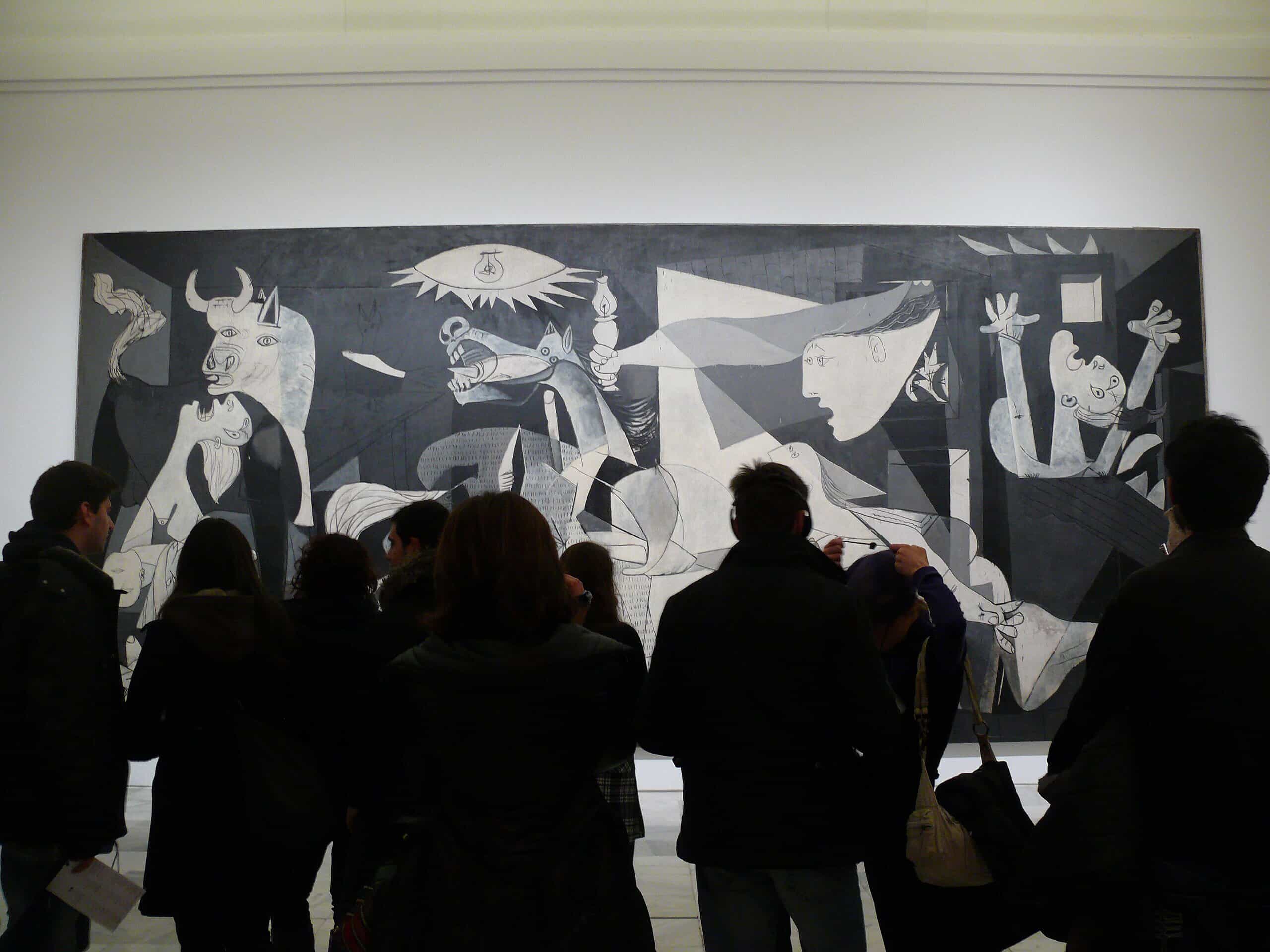
- Type of art: Painting
- Created by: Pablo Picasso
- Finished: 1937
- Estimated Worth: $200 million
- Current location: Museo Reina Sofia, Madrid
Well-Known Art
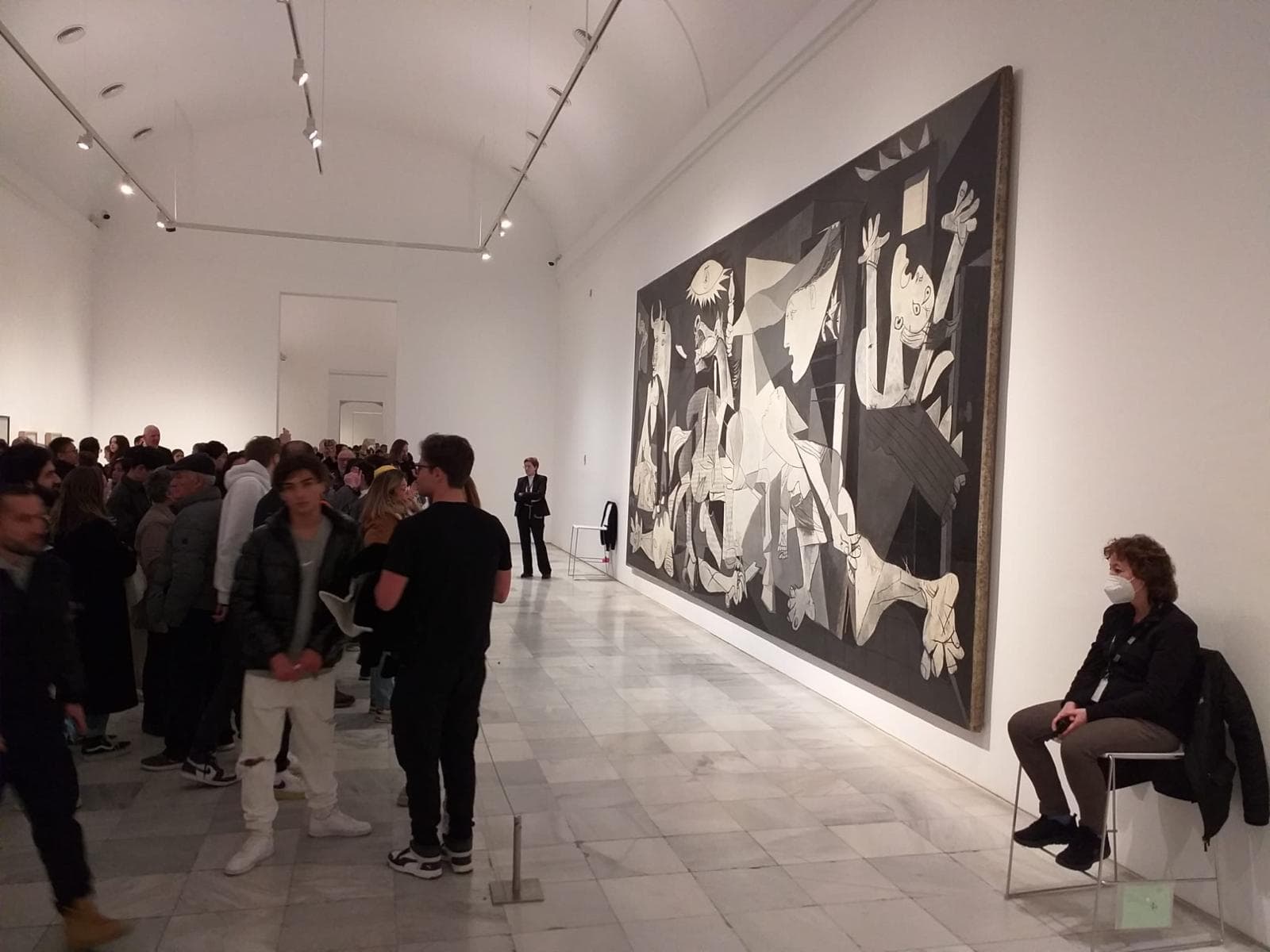
Considered to be the most powerful anti-war painting in history, Guernica is a modern masterpiece. Standing 25 feet high and 11 feet across, Picasso created the painting in response to Germany’s bombing of his hometown in Spain in 1937. In 1974, Guernica was defaced with spray paint by Tony Shafrazi with the words “Kill Lies All” in response to a pardoning of a US army officer for the 1968 My Lai massacre.
5. The Portland Vase
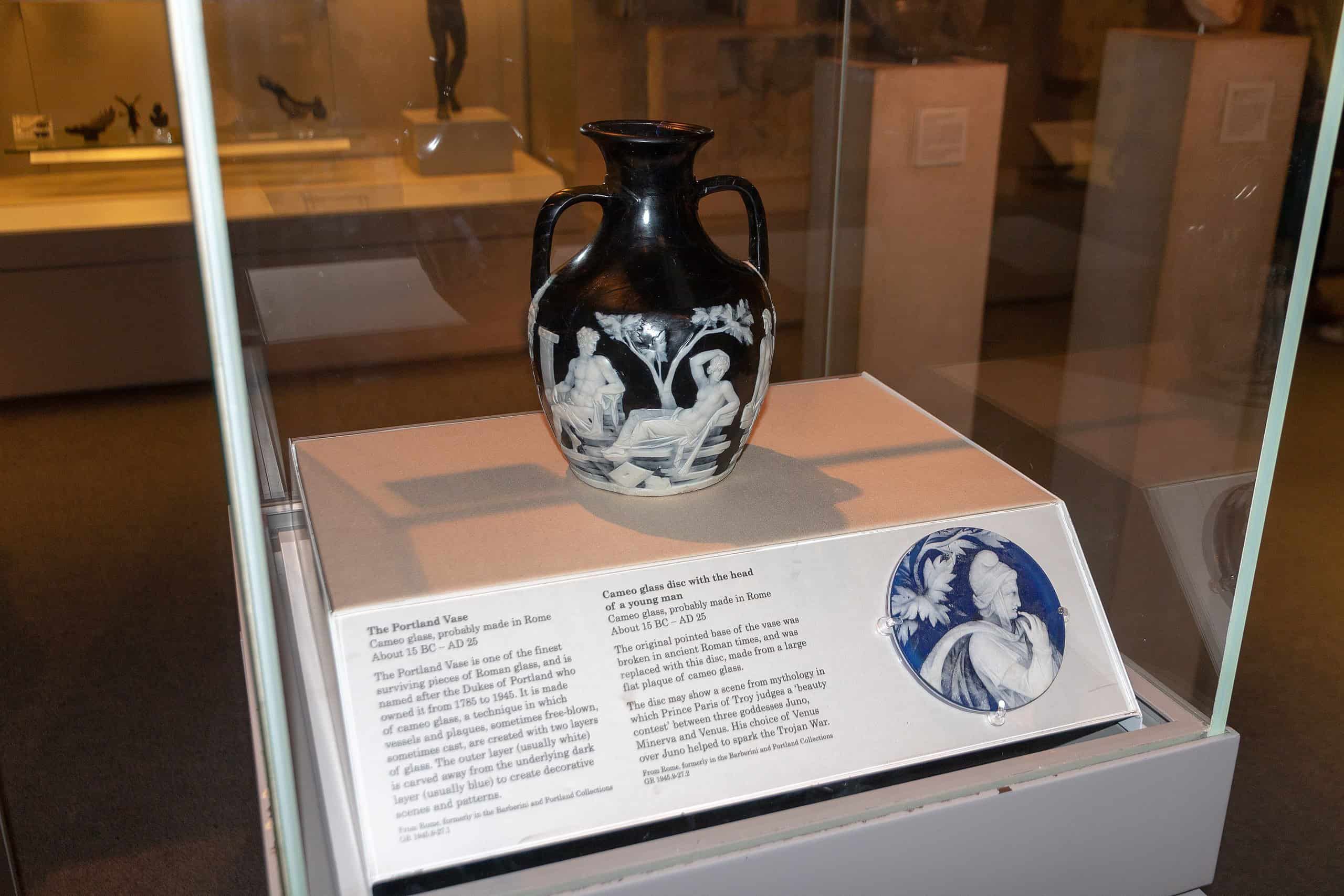
- Type of art: Vase
- Created by: Unknown
- Finished: 5-25 AD
- Estimated Worth: Priceless
- Current location: British Museum, London
Smashed and Restored

The Portland Vase was discovered in a former Roman Emperor’s sarcophagus in 1582. The best-known work of Roman cameo glass, the 10-inch-high vase, includes two distinct scenes. Sadly, in 1845, William Lloyd shattered the vase after a week’s worth of drinking, smashing it into 37 pieces. The British Museum painstakingly restored the vase thanks to the detailed work of John Doubleday.
4. The Virgin And Child With St. Anne And St. John The Baptist
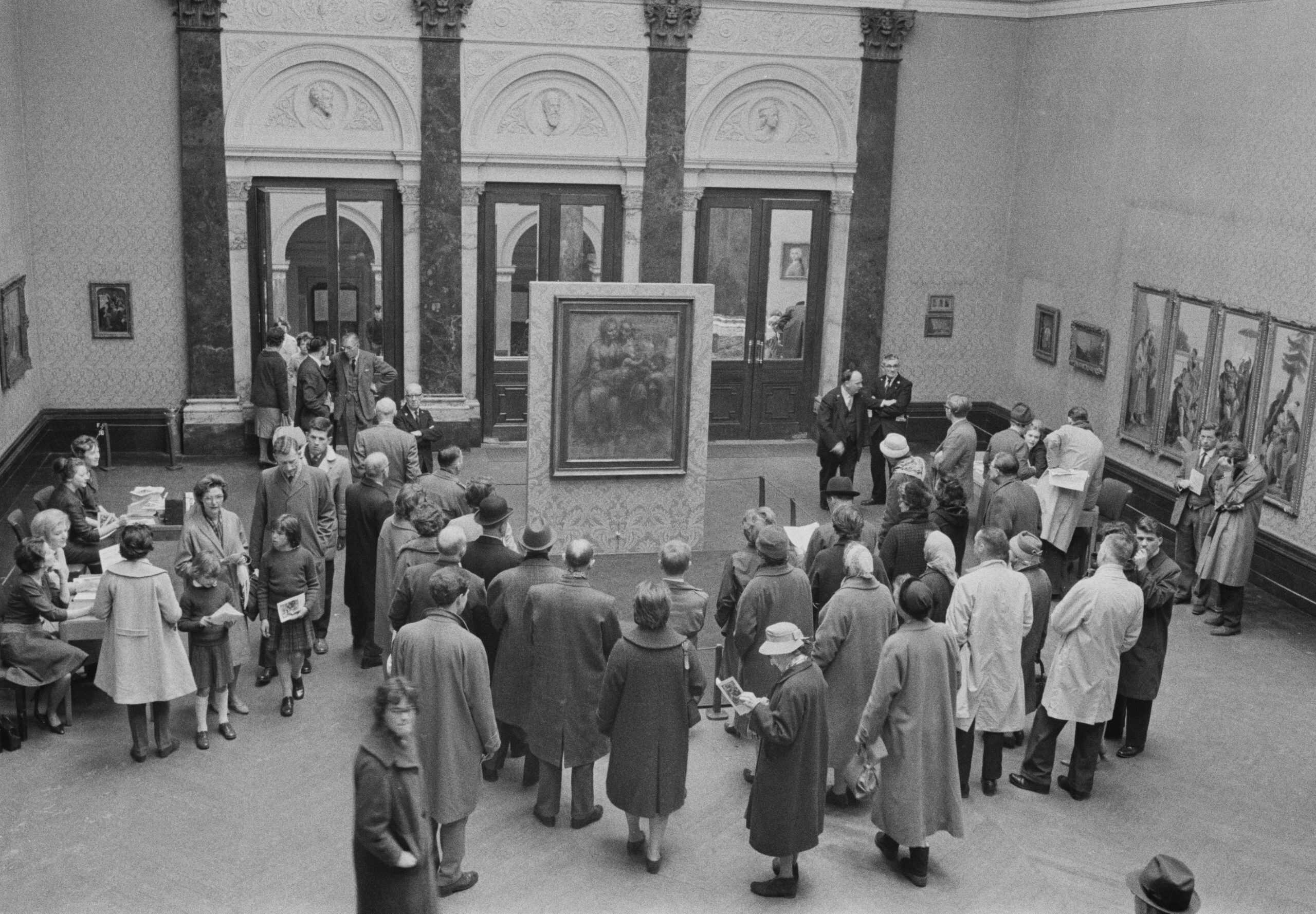
- Type of art: Painting
- Created by: Leonardo da Vinci
- Finished: ~1508
- Estimated Worth: $35 million
- Current location: National Gallery, London
Shotgun Attack

In 1987, mentally ill Robert Cambridge attacked the painting with a sawn-off shotgun. Wanting to bring attention to “political, social, and economic conditions in Britain,” the attack destroyed the painting’s glass covering and caused significant damage to the artwork. It took restorers years to repair the painting after collecting the tiny fragments of blasted paper and gluing them back together.
3. The Mona Lisa

- Type of art: Painting
- Created by: Leonardo da Vinci
- Finished: 1517
- Estimated Worth: $1 billion
- Current location: Louvre Museum
1974 Attack
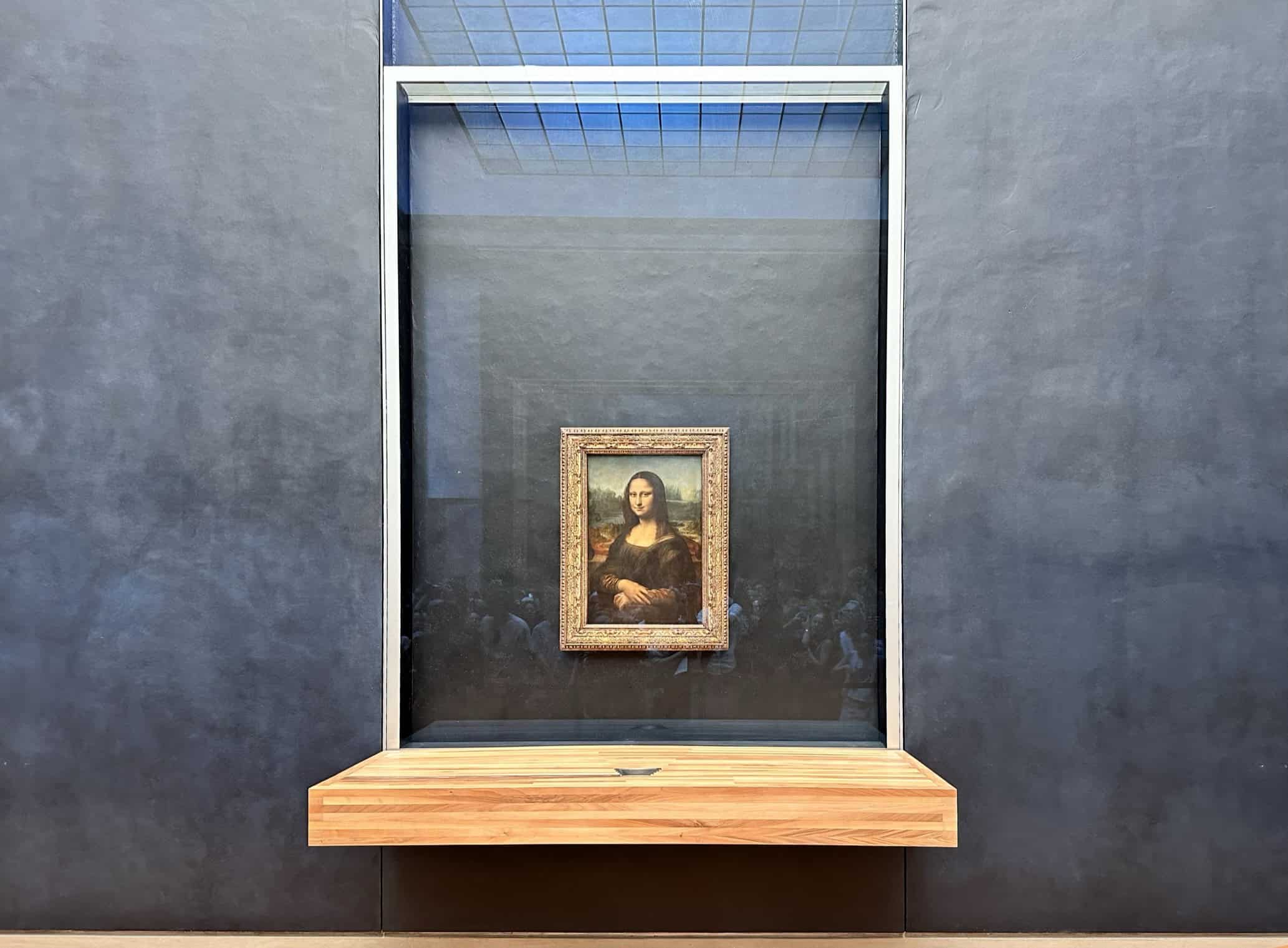
One of the world’s best-known paintings, The Mona Lisa, has been attacked several times over the last 110 years. In 1974, while on tour at the National Museum in Tokyo, a Japanese woman named Tomoko Yonezu, in the name of ableism, attacked the painting with spray paint, resulting in what could have been significant damage. Thankfully, her attack was largely unsuccessful.
2. The Night Watch

- Type of art: Painting
- Created by: Rembrandt van Rijn
- Finished: 1642
- Estimated Worth: $500 million
- Current location: Amsterdam Museum
Multiple Attacks
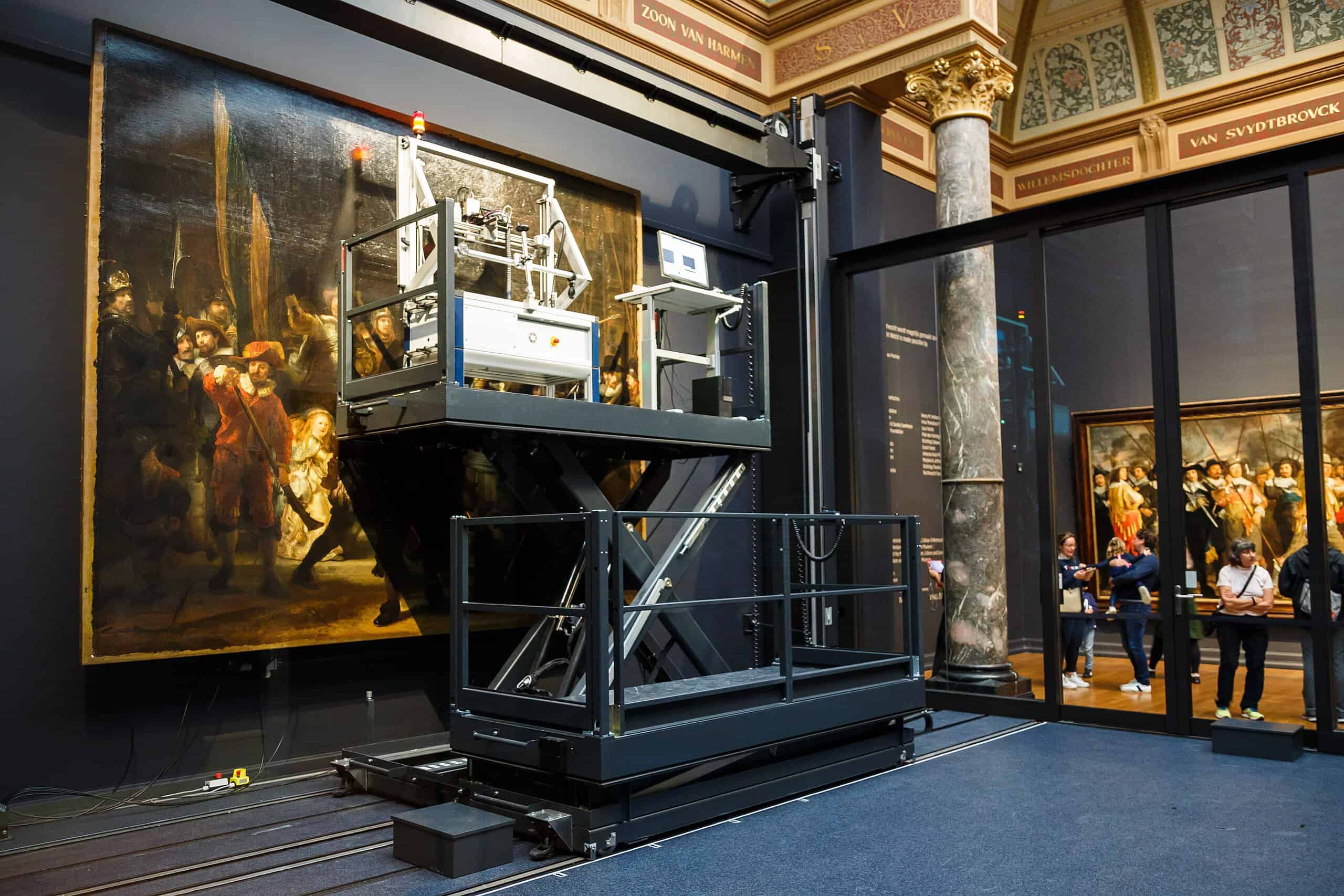
Due to its high profile, The Night Watch has been attacked four times since 1911. However, the September 11, 1975 attack caused the most damage, resulting in a 30cm long zig-zag slash. Wilhelmus de Rijk, an unemployed school teacher, damaged the painting by claiming he “did it for the Lord.” It took four years of repair before the painting was displayed again.
1. Michelangelo’s Pieta
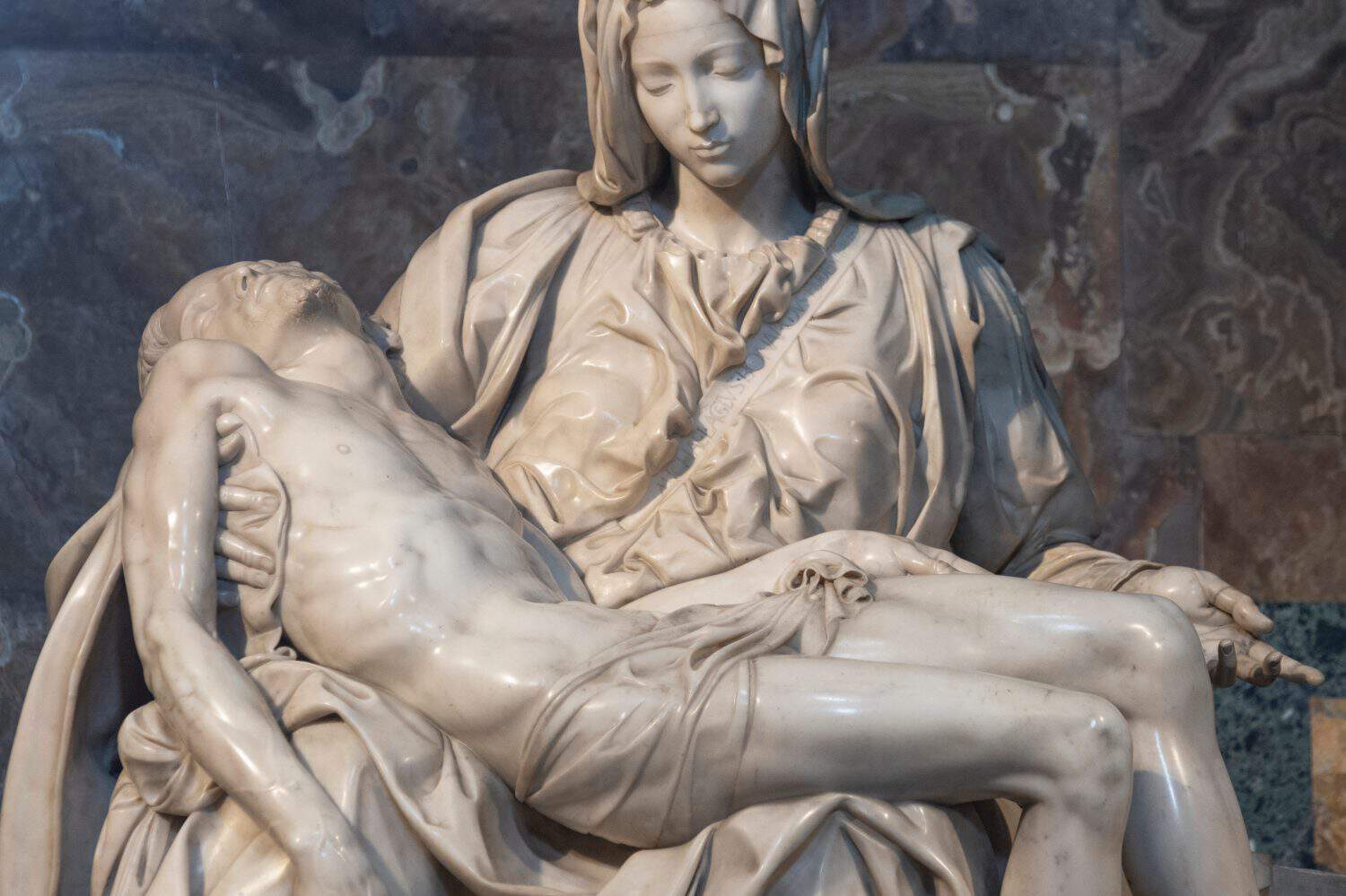
- Type of art: Statue
- Created by: Michelangelo di Ldovico Buonarroti Simoni
- Finished: 1498 – 1499
- Estimated Worth: Priceless
- Current location: Sistine Chapel
1972 Vandalism
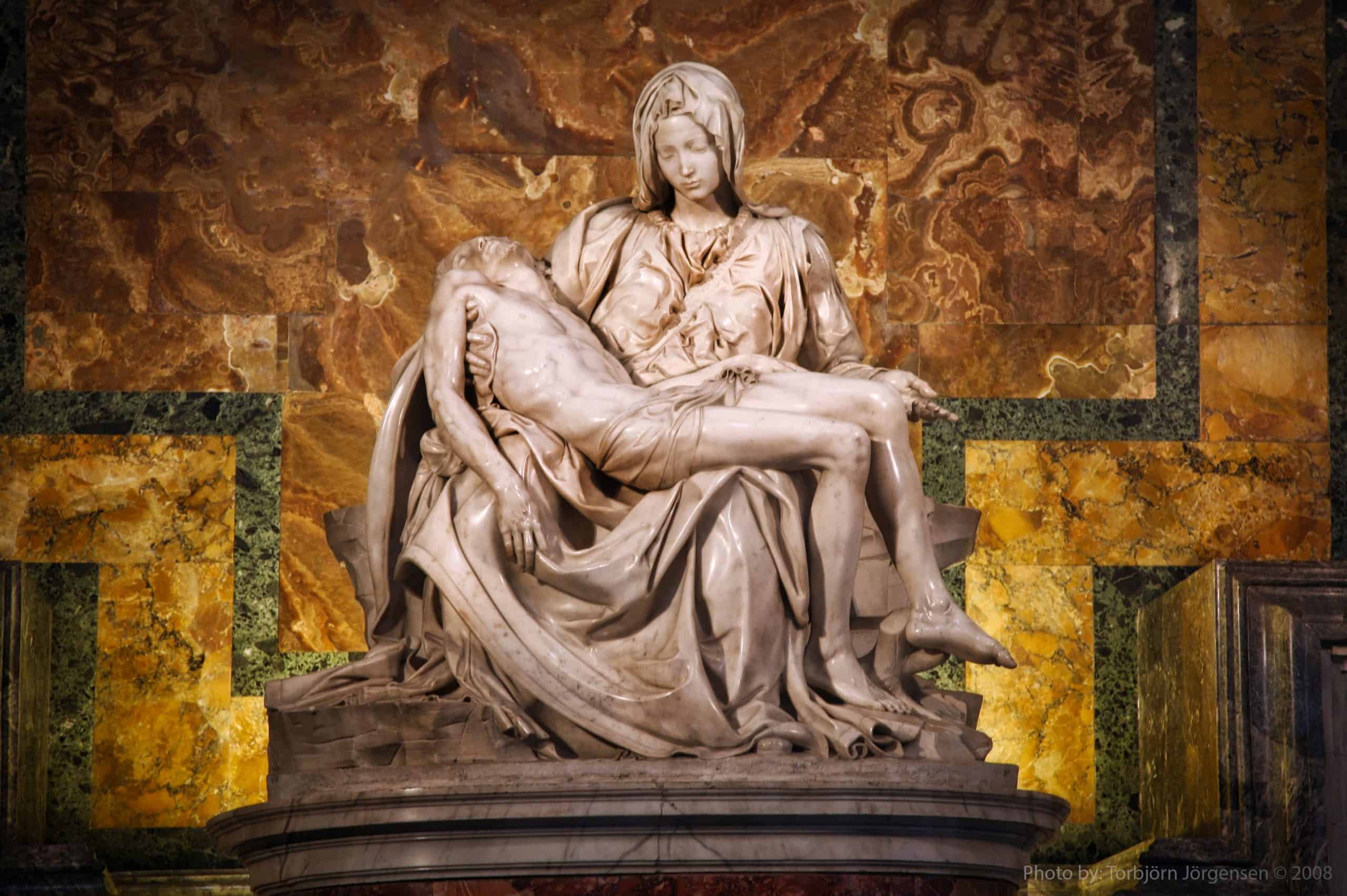
In 1972, a mentally disturbed geologist known as Laszlo Toth walked into the Sistine Chapel in Vatican City and attacked Pieta with a geologist’s hammer. Shouting, “I am Jesus Christ; I have risen from the dead,” he struck the statute, representing the Virgin Mary’s “Sixth Sorrow,” with 15 blows before being stopped. It took ten painstaking months to repair the damage to Mary’s arm, nose, and eyelid.
The Average American Has No Idea How Much Money You Can Make Today (Sponsor)
The last few years made people forget how much banks and CD’s can pay. Meanwhile, interest rates have spiked and many can afford to pay you much more, but most are keeping yields low and hoping you won’t notice.
But there is good news. To win qualified customers, some accounts are paying almost 10x the national average! That’s an incredible way to keep your money safe and earn more at the same time. Our top pick for high yield savings accounts includes other benefits as well. You can earn up to 3.80% with a Checking & Savings Account today Sign up and get up to $300 with direct deposit. No account fees. FDIC Insured.
Click here to see how much more you could be earning on your savings today. It takes just a few minutes to open an account to make your money work for you.
Our top pick for high yield savings accounts includes other benefits as well. You can earn up to 4.00% with a Checking & Savings Account from Sofi. Sign up and get up to $300 with direct deposit. No account fees. FDIC Insured.
Thank you for reading! Have some feedback for us?
Contact the 24/7 Wall St. editorial team.



